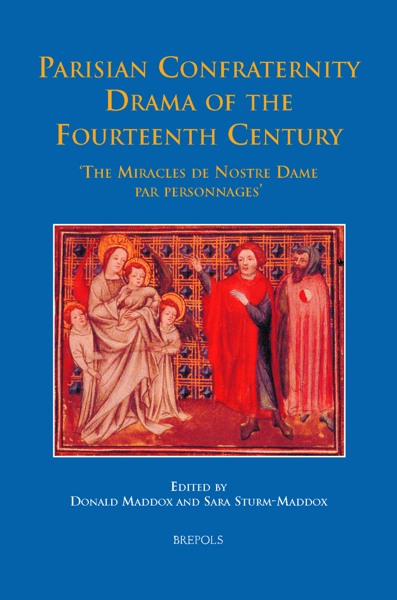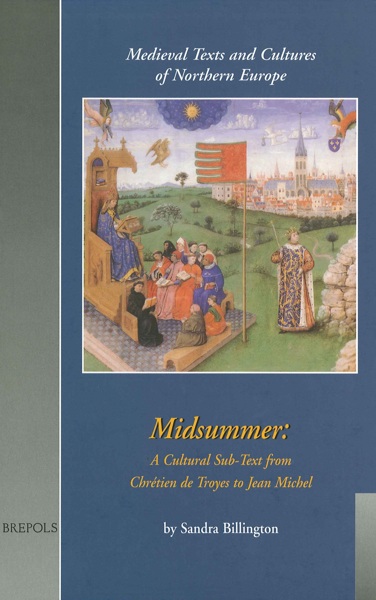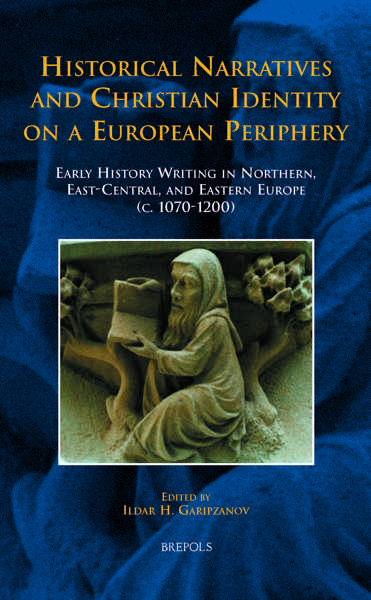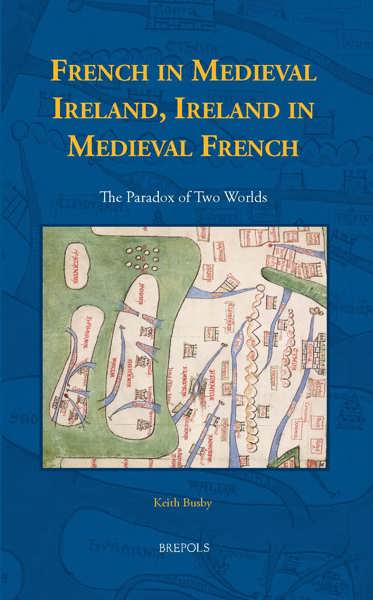
Crossroads of Cultures
Multilingual Diversity in Dutch Literature from Late Medieval Flanders
Jelmar Hugen
- Pages: approx. 330 p.
- Size:156 x 234 mm
- Illustrations:13 col., 4 tables b/w.
- Language(s):English, Middle Dutch, Old French
- Publication Year:2026
- € 100,00 EXCL. VAT RETAIL PRICE
- ISBN: 978-2-503-61618-6
- Hardback
- Forthcoming (Apr/26)
- € 100,00 EXCL. VAT RETAIL PRICE
- ISBN: 978-2-503-61619-3
- E-book
- Forthcoming
*How to pre-order?
Crossroad of Cultures follows the traces of multilingualism in medieval Flanders and tells the story of how Dutch, French and Latin interacted in a diverse range of texts and manuscripts from this multicultural region.
Jelmar Hugen (1992) studied Dutch Literature and Medieval Studies at Leiden University (BA) and Utrecht University (RMA), during which period he also spent time abroad at Cambridge University and Harvard University. In 2018, he started his PhD at Utrecht University, which considers the multilingual diversity of medieval Flemish literature. This research took place in the NWO-funded research project The Multilingual Dynamics of the Literary Culture of Medieval Flanders (ca 1200 – ca 1500). He is currently a postdoctoral researcher at Leiden University, working on multilingual networks of lyrical literature in medieval Brabant.
Positioned in the geographical region where the Low Countries, the Holy German Empire, and the French Kingdom meet, the medieval County of Flanders was a crossroad at which many cultures from across Europe met. As these cultures mixed, so too did their languages, leading to Flanders becoming profoundly multilingual, both on a societal and individual level. This volume examines the literary interaction between the most prominent languages of Flanders, namely Dutch, French, and Latin, in a variety of texts and manuscripts from an array of genres, analyzing multilingualism as a cultural phenomenon, a sociolinguistic feature, and a literary device. Combining literary studies with insights from sociolinguistics, material philology and translation studies, this work illustrates the rich multilingual diversity of medieval Flemish literature during the late Middle Ages and promotes the study of Dutch literature in a translingual, multicultural context.
List of Illustrations
Aknowledgements
Chapter 1. Medieval Multilingualism: Context, Approach, and Corpus
Chapter 2.The Social Context of French in Two Gruuthuse Manuscript Songs: The Gruuthuse Manuscript and its French Lyrical Influences
Chapter 3. Debating Latin Authority in Jan Praet’s Leeringhe der salichede: Moral Theology in Fourteenth-Century Flanders
Chapter 4. Two Multilingual Scribes in Medieval Geraardsbergen: Multilingualism on the Periphery of Flanders
Chapter 5. Trilingualism in the artes Text Collection Hattem C5: Hattem C5, a Trilingual Medical Manuscript
Chapter 6. The Multilingual Diversity of Flemish Parallel Texts. Two as One: The Diverse Presentations of Translation
Chapter 7. Multilingualism on the Move: The Flemish Reynaert Texts: Renart, Reynaert, and Reynardus
Chapter 8. Crossroads of Cultures: Multilingual Diversity in Medieval Flanders
Appendix I. Multilingual Sources from Flanders
Appendix II. Summary of Jan Praet’s Leeringhe
Appendix III. The Codicological Structure of Hattem C5
Abbreviations
Works Cited
Dutch Summary
Curriculum Vitae




